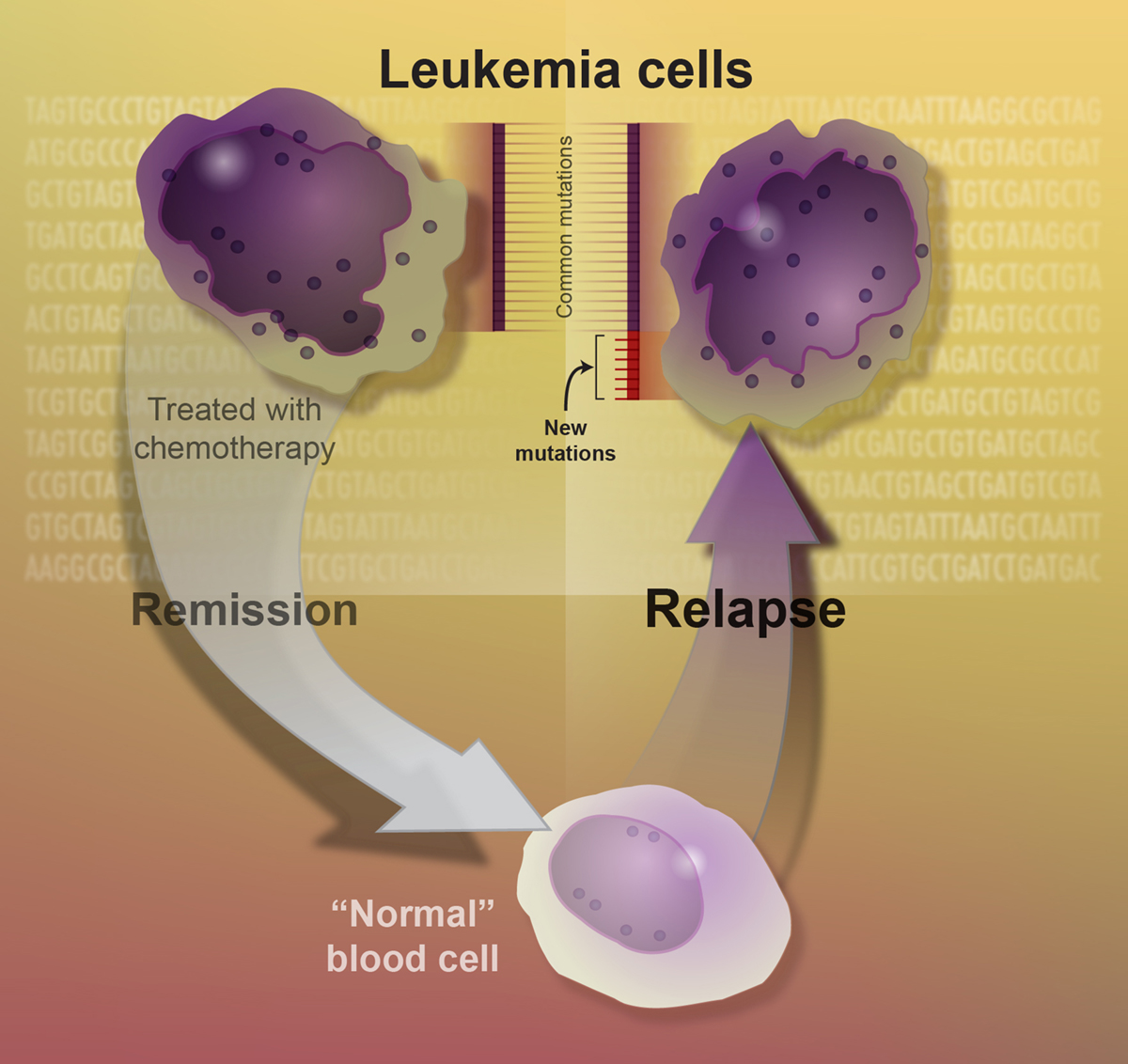Leukemia
Leukemia is a specific kind of cancer that affects the cells responsible for production of blood cells. In leukemic patients, blood cell count is abnormally high and the illness results in amplified production of dysfunctional blood cells. Leukemia is considered to be one of the most serious types of cancer.
The present day medical treatment methods are significantly improving the leukemia survival rates. Not long ago, back in the 1960s, a five year survival rate was just around 14 percent. Today, the survival rate is more than 40 percent. The causes of leukemia are yet unknown and many of ongoing studies are focused on the goal to determine what causes leukemia and to make it possible to cure and prevent the illness.
Classification
A several types of blood cancers fall under the general categories of leukemia. The classification is based on the type of affected blood cells. Acute leukemia distinguishes by a quick production of the cancerous blood cells while a chronic leukemia develops gradually. Types of leukemia are:
Chronic Lymphocytic Leukemia – a condition that affects the lymphatic cells (a type of white blood cells). Most of the adult patients are diagnosed with chronic lymphocytic leukemia.
Chronic Myeloid Leukemia – a condition that affects the myeloid cells and it is also the most frequent in adults.
Acute Lymphocytic Leukemia – affects the lymphocytic cells progressing rapidly. It is most frequent in children
Acute Myeloid Leukemia – affects both children and adults, in myeloid cells, causing the rapid worsening in symptoms.
Survival rates
The average life expectancy of patients suffering from leukemia is five years after the diagnosis. Survival rates are projected based on whether a patient can live for five years or not. However, some patients can’t live for five years, even if they undergo treatment. Treatment is most commonly conducted with chemotherapy and medications. Physicians may sometimes even recommend bone marrow transplantation. It is crucial to understand that apart from the treatment options, the survival rate depends on many other factors, especially patient’s age and the type of leukemia patient suffers.
- 73.1% of males survive leukemia for at least one year. This falls to 53.5% surviving for five years or more, as shown by age-standardised net survival for patients diagnosed with leukemia during 2013-2017 in England. Survival for females at one year is 71.5% and falls to 53.5% surviving for at least five years. Survival for females is lower than for than for males at one year, and similar to at five years.
- Leukemia survival continues to fall beyond five years after diagnosis. 40.8% of males and 41.7% of females are predicted to survive their disease for ten years or more, as shown by age-standardised net survival for patients diagnosed with leukemia during 2013-2017 in England.
- Five-year survival for leukemia (all subtypes combined) is generally higher in younger men and women, decreasing with increasing age. Five-year net survival in men ranges from 74% in 40-49 year-olds to 29% in 80-99 year-olds for patients diagnosed with leukemia in England during 2009-2013. In women, five-year survival ranges from 70% in those aged under 50 to 23% in 80-99 year olds.
- One-year age-standardised net survival for leukemia (all subtypes combined) in men has increased from 35% during 1971-1972 to 71% during 2010-2011 in England and Wales – an absolute survival difference of 36 percentage points. In women, one-year survival has increased from 33% to 66% over the same time period (a difference of 34 percentage points).
- Five-year age-standardised net survival for leukemia in men has increased from 13% during 1971-1972 to a predicted survival of 54% during 2010-2011 in England and Wales – an absolute survival difference of 41 percentage points. In women, five-year survival has increased from 13% to 49% over the same time period (a difference of 36 percentage points).
Children that suffer from Acute Lymphocytic Leukemia have about an 80 percent of chances to survive for five years after advocating chemotherapy. On the other hand, children suffering from Acute Myeloid Leukemia have a low survival rate, of less than 40 percent.
Adult patients suffering from leukemia have about an 40 percent of chances to achieve the five year survival rate, but, only after administration of chemotherapy drugs. On the other hand, the survival rates of adult patients suffering from Acute Lymphocytic Leukemia are somewhat lower – around 35 percent.

















Your thoughts on this
Loading...